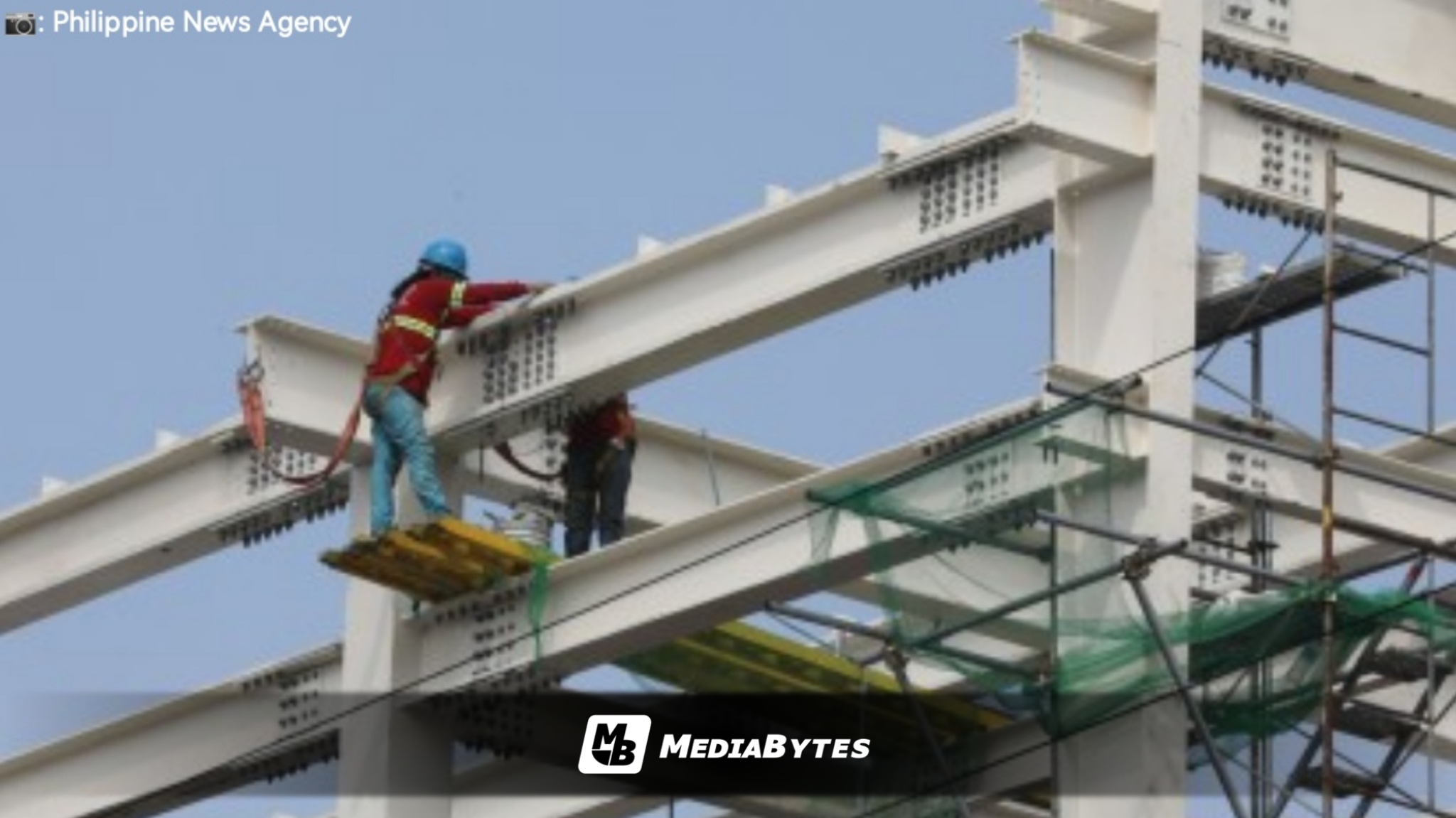
Since assuming office in 2022, President Ferdinand Marcos Jr. has placed a strong emphasis on infrastructure as a cornerstone of national development. His administration has continued and expanded the legacy of the previous “Build, Build, Build” program with a new direction under the banner “Build Better More,” aiming to modernize transportation, enhance connectivity, and drive inclusive economic growth.
CONTINUITY AND EXPANSION: THE “BUILD BETTER MORE” PROGRAM
- The Marcos administration launched the “Build Better More” (BBM) program, encompassing over 190 infrastructure flagship projects (IFPs) worth trillions of pesos. These include a mix of ongoing, new, and proposed developments in transport, digital infrastructure, agriculture, health, and energy. According to the National Economic and Development Authority (NEDA), 77 of these IFPs were approved as of 2023, aiming to address long-term developmental bottlenecks.
MAJOR PROJECTS AND KEY ACHIEVEMENTS
– TRANSPORTATION AND CONNECTIVITY
- Metro Manila Subway: Dubbed as the country’s first underground railway system, construction ramped up under Marcos Jr.’s leadership, with partial operability targeted before the end of his term.
- North-South Commuter Railway (NSCR): Progress on the 147-km NSCR system linking Clark, Pampanga to Calamba, Laguna is underway, aiming to reduce travel time and decongest traffic.
- EDSA Busway and Railway Upgrades: Efforts were made to streamline public transportation, including improved operations of the MRT-3 and new bus systems in Metro Manila.
– REGIONAL DEVELOPMENT
- Cebu Bus Rapid Transit (BRT) and Davao Public Transport Modernization Project: These projects reflect a broader push to modernize transportation outside Luzon, promoting economic decentralization.
- Mindanao Railway Project: Though faced with funding challenges, initial works and land acquisitions for Phase 1 (Tagum-Davao-Digos) have commenced.
DIGITAL AND CLIMATE-RESILIENT INFRASTRUCTURE
President Marcos Jr. prioritized digital transformation, with projects focusing on internet connectivity, government digitization, and smart infrastructure.
Climate-resilient infrastructure, such as flood control and renewable energy projects, were integrated into the planning process to future-proof development.
CHALLENGES AND CRITICISMS
Despite ambitious goals, the administration has faced hurdles such as:
- Delays in execution due to procurement issues and right-of-way concerns.
- Funding constraints, with a pivot to Public-Private Partnerships (PPPs) to ease fiscal burdens.
- Vulnerability to inflation and global economic headwinds, which have impacted material costs and timelines.
Still, the government’s commitment to long-term infrastructure investment remains firm, with President Marcos Jr. frequently reiterating its centrality to national progress during his State of the Nation Addresses (SONAs).
In his first three years, President Ferdinand Marcos Jr. has sustained and reshaped the country’s infrastructure agenda, focusing on improving mobility, digital access, and regional equity.
While challenges persist, the government’s continued push through the “Build Better More” program signals a vision of a more connected and resilient Philippines.



